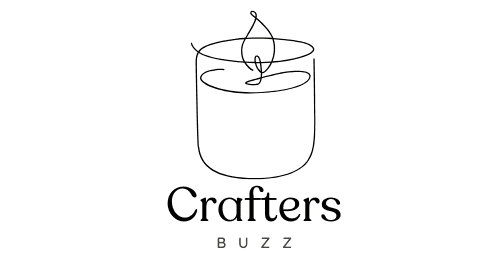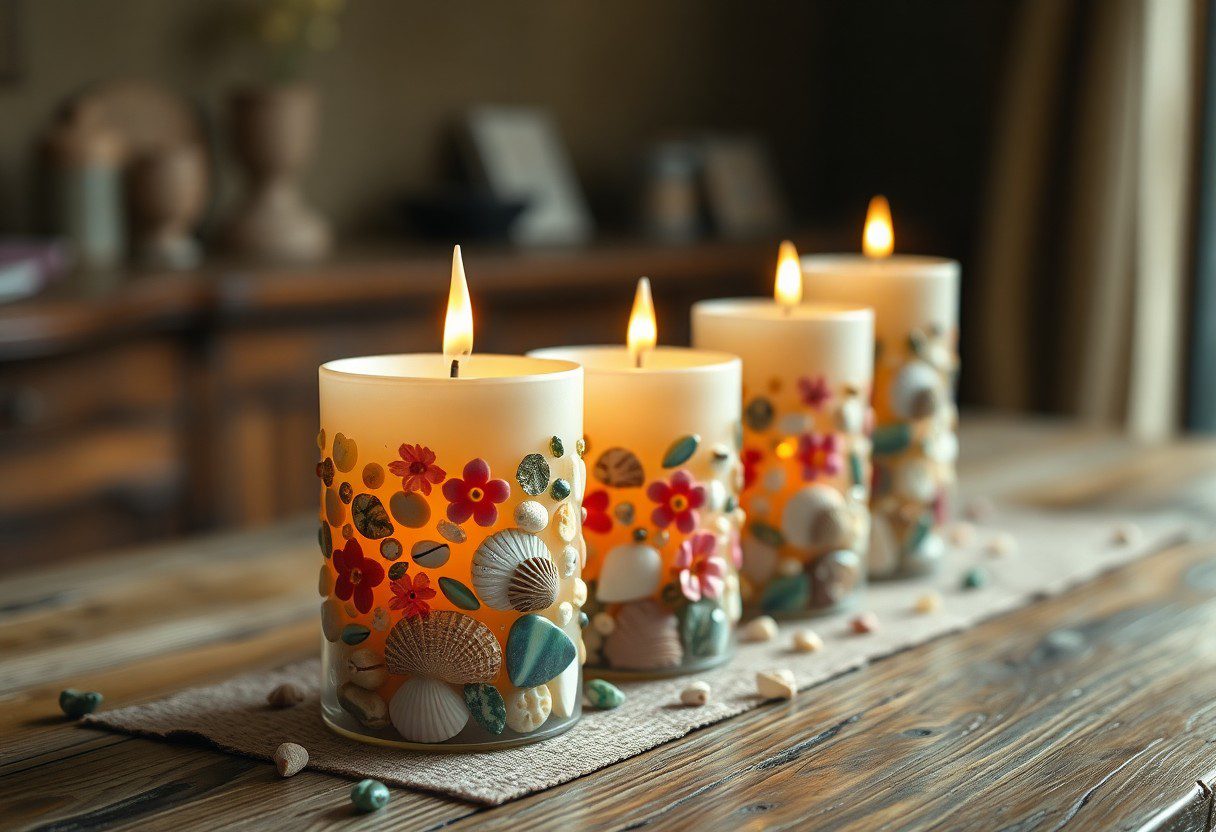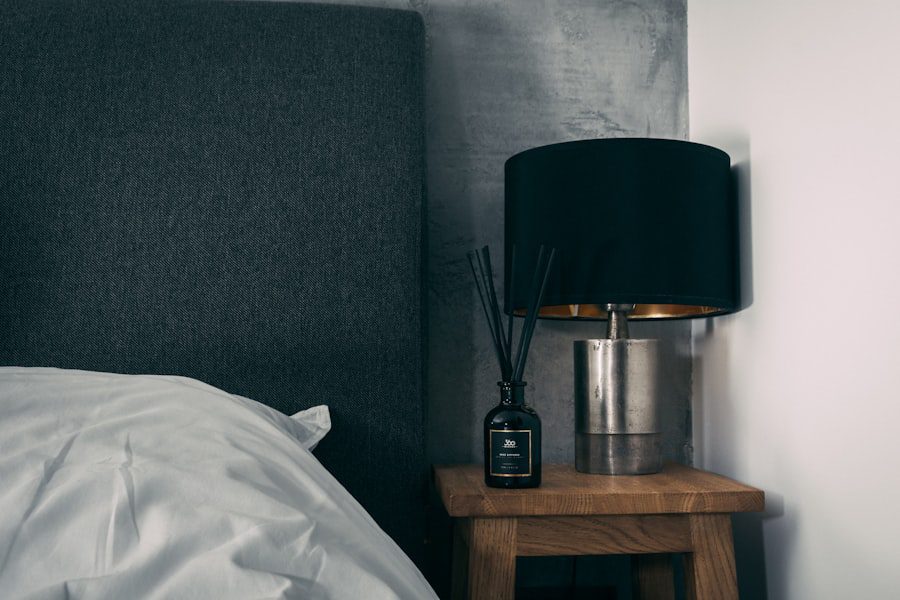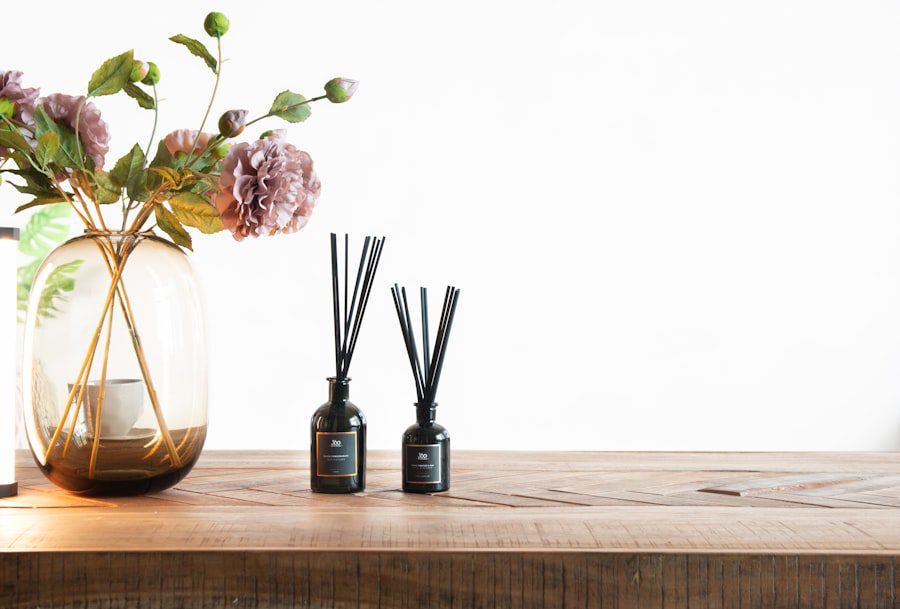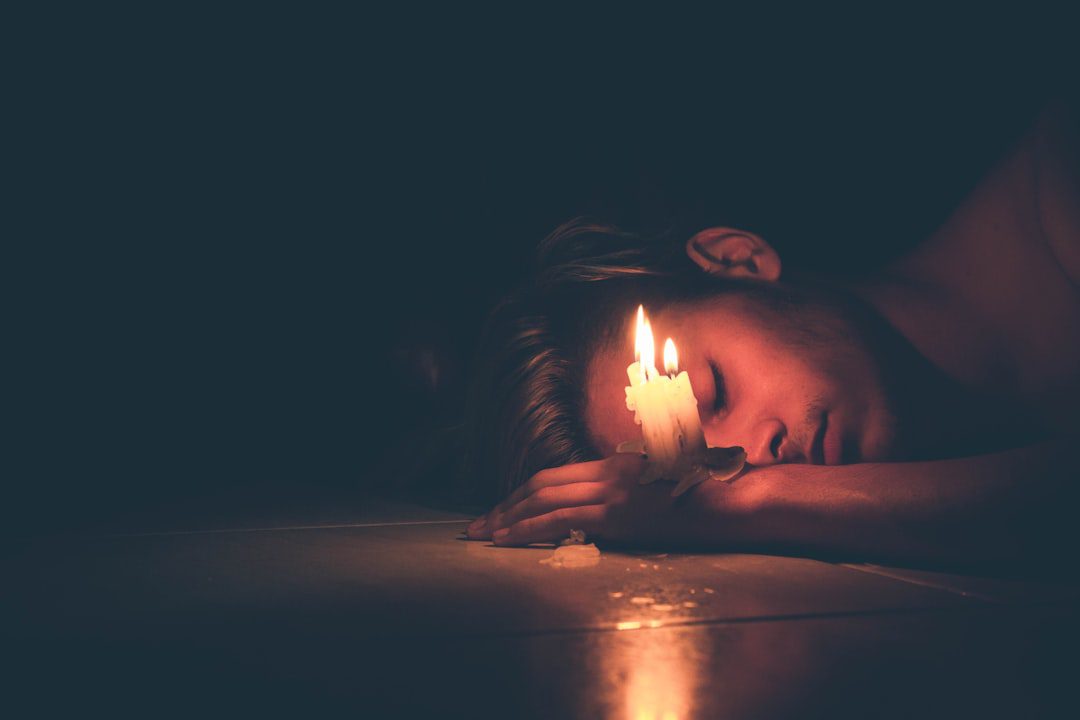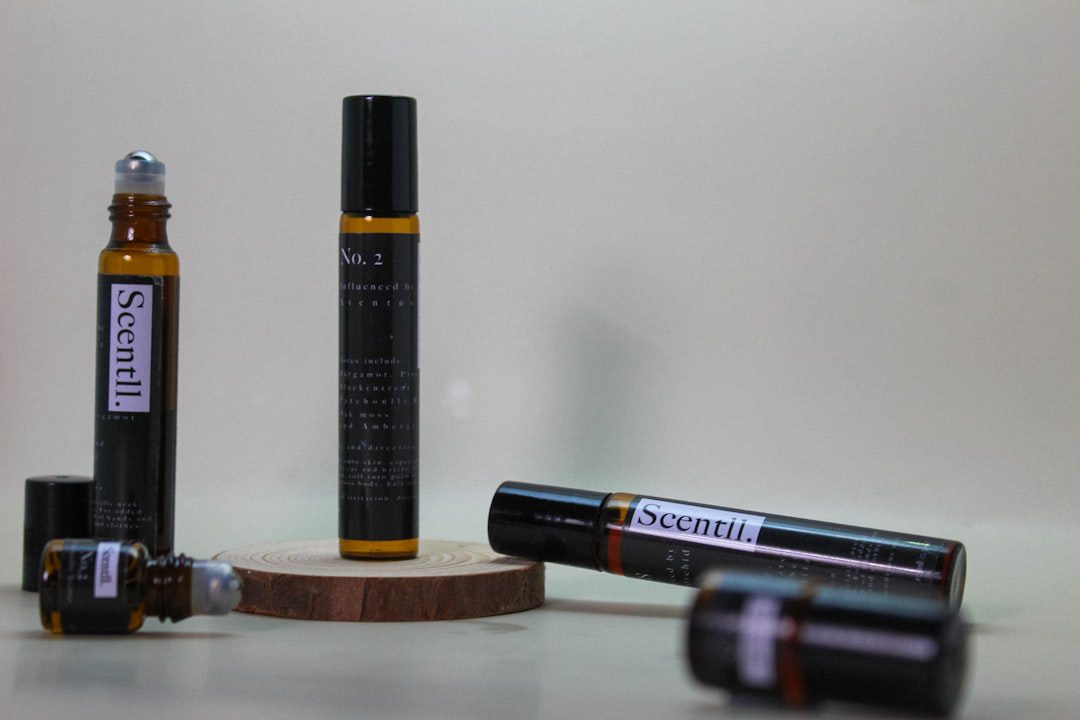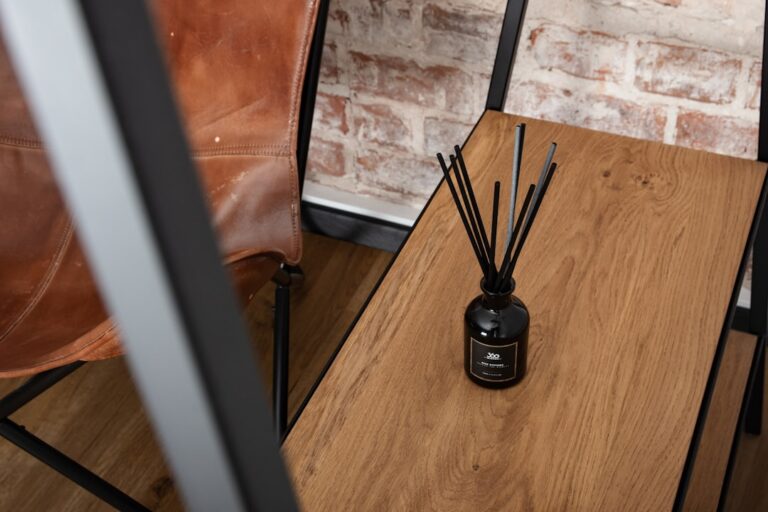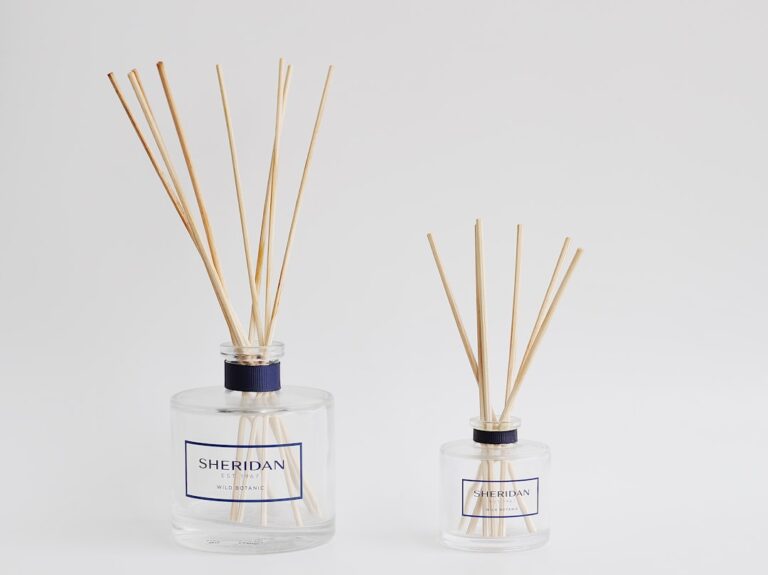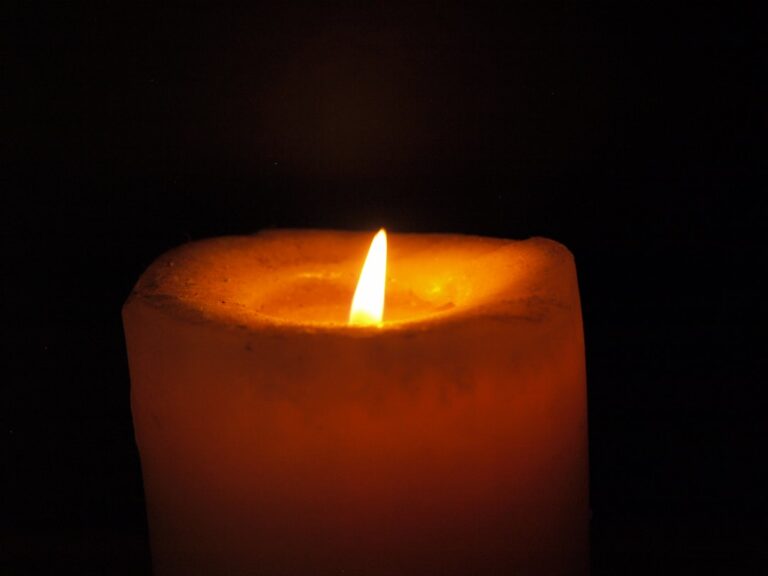How humidity and seasonal temperatures affect scent throw.
Scent throw refers to the distance a fragrance can travel from its source, whether it be a candle, essential oil diffuser, or any other scented product. This phenomenon is influenced by various factors, including the composition of the fragrance, the medium in which it is dispersed, and environmental conditions. The concept of scent throw is crucial for anyone looking to create an inviting atmosphere in their home or workspace.
A strong scent throw can envelop a room, while a weak throw may leave a space feeling lackluster and uninviting. The science behind scent throw involves the volatility of fragrance molecules. When a scented product is heated or agitated, these molecules are released into the air.
The size and weight of these molecules play a significant role in how far they can travel. Lighter molecules tend to disperse more easily and can fill a room quickly, while heavier molecules may linger closer to their source. Additionally, the type of wax used in candles or the quality of essential oils can also affect how well a scent is thrown.
Understanding these principles can help individuals select the right products for their desired scent experience.
The Impact of Humidity on Scent Throw
Humidity plays a pivotal role in how scents are perceived and how far they can travel. In high humidity conditions, the air is saturated with moisture, which can affect the volatility of fragrance molecules. When humidity levels rise, the water vapor in the air can create a barrier that hinders the dispersion of scent particles.
This means that even if a product has a strong scent throw in dry conditions, it may not perform as well in humid environments. The presence of moisture can cause certain fragrance notes to become muted or even lost entirely. Conversely, low humidity can enhance scent throw by allowing fragrance molecules to disperse more freely.
In drier air, there are fewer water molecules competing with scent particles for space, enabling them to travel further and be more easily detected by our olfactory senses. This phenomenon explains why some individuals may notice that their favorite candles or diffusers seem to have a stronger presence during the winter months when humidity levels are typically lower. Understanding how humidity affects scent throw can help individuals make informed choices about when and how to use scented products.
How Seasonal Temperatures Affect Scent Throw
Seasonal temperatures also have a significant impact on scent throw. In warmer months, higher temperatures can increase the volatility of fragrance molecules, allowing them to evaporate more quickly and fill a space with scent more rapidly. This is particularly noticeable with candles and wax melts, where heat from the flame or warmer environment can enhance the release of fragrance.
However, excessive heat can also lead to an overpowering scent experience, where certain notes become too pronounced and may even clash with one another. In contrast, colder temperatures can inhibit scent throw. When the air is cool, fragrance molecules tend to remain more stable and do not disperse as readily.
This can result in a weaker scent experience, especially in larger spaces where the fragrance needs to travel further to be perceived. Additionally, during winter months when homes are often sealed tight against the cold, the lack of airflow can further limit how far scents can travel. Understanding these seasonal variations allows individuals to adjust their use of scented products accordingly, ensuring that they achieve the desired ambiance throughout the year.
Tips for Maximizing Scent Throw in High Humidity
When faced with high humidity, there are several strategies one can employ to maximize scent throw. First and foremost, consider using products specifically designed for humid environments. For instance, reed diffusers often perform better in high humidity because they rely on capillary action to draw fragrance oils into the air.
The moisture in the air can help facilitate this process, allowing for a more consistent release of scent. Another effective approach is to strategically place scented products throughout your space. Instead of relying on a single candle or diffuser in one location, consider distributing multiple sources of fragrance across different areas.
This not only helps to create a more balanced scent experience but also ensures that even if one product’s throw is diminished by humidity, others can still contribute to the overall ambiance. Additionally, using fans or opening windows can help circulate air and disperse scents more effectively, counteracting some of the dampening effects of high humidity.
Tips for Maximizing Scent Throw in Low Humidity
In low humidity conditions, there are specific techniques that can enhance scent throw even further. One effective method is to choose products with higher concentrations of fragrance oils. Candles made with premium wax blends and essential oils often have a more potent scent throw compared to those made with synthetic fragrances or lower-quality materials.
Opting for such products ensures that you are maximizing the potential of your scented items. Another tip for low humidity environments is to utilize heat sources strategically. For example, placing candles near heat vents or using warmers designed for wax melts can amplify scent release.
The warmth encourages fragrance molecules to evaporate more quickly, filling your space with delightful aromas. Additionally, consider layering scents by using complementary fragrances in different forms—such as combining a scented candle with matching essential oils in a diffuser—to create a more complex and inviting atmosphere.
Adjusting Scent Throw for Different Seasons
As seasons change, so too should your approach to scent throw. During spring and summer months, lighter and fresher scents tend to be more appealing. Citrus notes, floral fragrances, and herbal aromas often resonate well during this time as they evoke feelings of renewal and vitality.
To adjust your scent throw accordingly, consider switching out heavier winter fragrances for these lighter options that will thrive in warmer temperatures. In contrast, fall and winter call for richer and warmer scents that provide comfort during colder months. Spicy notes like cinnamon and clove or deep scents like sandalwood and vanilla create an inviting atmosphere that complements cozy indoor settings.
As temperatures drop and humidity levels fluctuate, it’s essential to monitor how these changes affect your chosen fragrances and adjust accordingly—whether that means increasing the number of scented products used or opting for stronger formulations.
Choosing the Right Scents for Different Humidity Levels
Selecting appropriate scents based on humidity levels can significantly enhance your overall experience with fragrance products. In high humidity conditions, opt for lighter scents that won’t feel overwhelming or cloying. Fresh citrus fragrances like lemon or lime can invigorate a space without becoming too heavy.
Similarly, aquatic or green scents evoke feelings of freshness and cleanliness that are particularly suited for humid environments. On the other hand, during low humidity periods, you might want to explore deeper and more complex fragrances that can fill a room without being lost in the air. Warm vanilla or rich amber notes can create an enveloping atmosphere that feels cozy and inviting during drier months.
Additionally, consider using layered scents—combining different products with complementary notes—to create a multi-dimensional olfactory experience that adapts well to varying humidity levels.
Finding the Perfect Scent Balance
Navigating the complexities of scent throw requires an understanding of various environmental factors such as humidity and temperature changes throughout the seasons. By recognizing how these elements influence fragrance dispersion and perception, individuals can make informed choices about their scented products and optimize their use accordingly. Whether it’s selecting lighter scents for humid days or embracing richer fragrances during dry spells, finding the right balance is key to creating an inviting atmosphere.
Ultimately, achieving an ideal scent experience involves experimentation and adaptation based on personal preferences and environmental conditions. By employing strategic techniques tailored to specific humidity levels and seasonal changes, anyone can cultivate an aromatic environment that enhances their living space while reflecting their unique style and taste.
If you’re interested in learning more about candle care and maintenance, you may want to check out this article on how to fix candle tunneling without foil. Understanding how to properly care for your candles can help ensure that you get the best scent throw possible, especially when considering how humidity and seasonal temperatures can affect it. Additionally, if you’re looking to create your own festive candles for the holidays, you might enjoy this article on votive candles may provide some interesting insights.
FAQs
What is scent throw?
Scent throw refers to the strength and distance at which a fragrance is dispersed from its source, such as a candle, diffuser, or air freshener.
How does humidity affect scent throw?
Humidity can impact scent throw by either enhancing or diminishing the strength of the fragrance. Higher humidity levels can help to carry the scent further, while lower humidity levels may result in a weaker scent throw.
How do seasonal temperatures affect scent throw?
Seasonal temperatures can affect scent throw by influencing the rate at which the fragrance molecules evaporate. Warmer temperatures can cause the fragrance to evaporate more quickly, leading to a stronger scent throw, while cooler temperatures may result in a slower evaporation rate and a weaker scent throw.
What are some tips for optimizing scent throw in different humidity and temperature conditions?
To optimize scent throw in different humidity and temperature conditions, consider using a higher concentration of fragrance oil in products, such as candles or diffusers, during periods of lower humidity or cooler temperatures. Additionally, placing scent diffusers in areas with good air circulation can help to disperse the fragrance more effectively.
